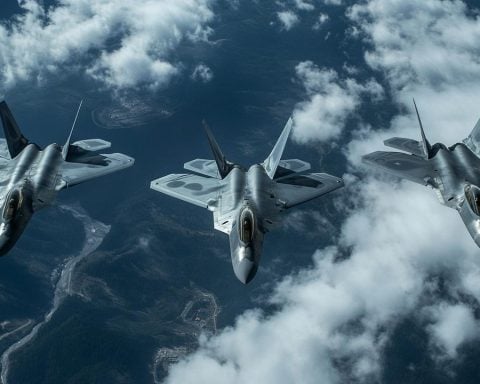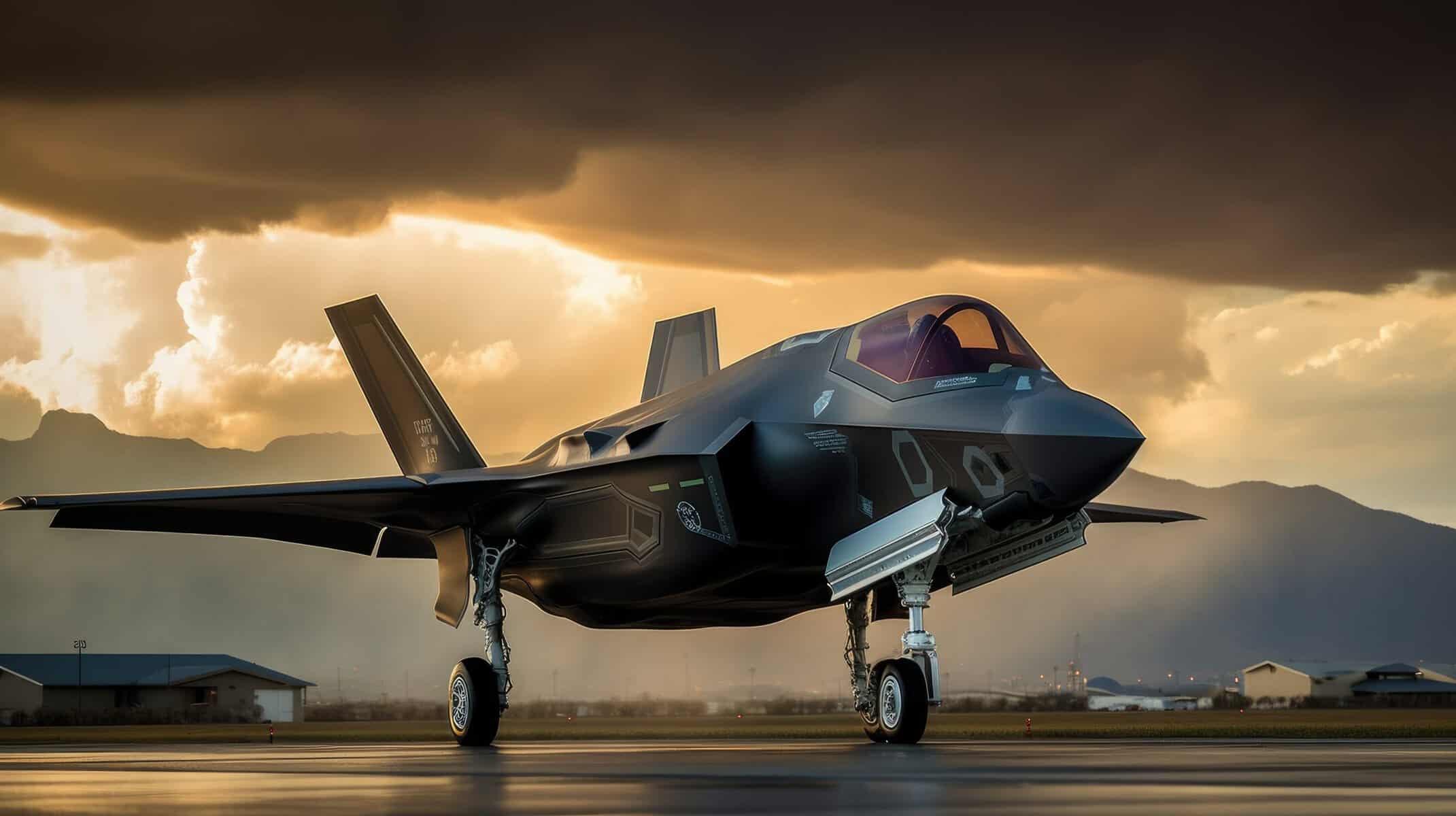The U.S. Air Force is poised to transform air strategy with the introduction of the B-21 Raider, a cutting-edge aircraft that could redefine the roles of bombers and fighters alike. Seen as a potential “mothership” for drones, the Raider showcases an evolving perspective on air combat, balancing the need for stealth and adaptability with modern threats.
A Strategic Pivot Away from Manned Fighters
With the rise of anti-access/area-denial (A2/AD) threats, the B-21 Raider emphasises a new focus on unmanned Collaborative Combat Aircraft (CCA). This innovation permits more cost-efficient and adaptable drone fighters to complement the Raider, showcasing an integrated system of systems approach that may soon dominate U.S. air strategy.
The Uncertain Future of Bombers and Fighters
The impending arrival of the Raider raises questions about the future of traditional manned bombers and fighters, as some experts foresee the eventual obsolescence of these aircraft. The U.S., a member of an exclusive trio of nations operating long-range strategic bombers, is exploring a landscape where smaller multirole aircraft could fulfil traditional bomber duties in most situations.
The Dawn of Unmanned Air Combat
The strategic implications of the B-21 extend to its potential role in air-to-air combat, not as a direct participant, but as a platform coordinating a team of advanced drones. This vision, leveraging the Raider’s sophisticated electronics and sensors, echoes a departure from past paradigms, hinting at a future where unmanned systems take centre stage in air superiority missions.
As advancements in technology surge forward, the Raider stands at the cusp of a pivotal era, marking a potential final chapter for both manned bombers and fighters as we’ve known them.
The Silent Revolution: How the B-21 Raider Could Reshape Global Air Dominance
Rethinking Global Air Dominance: The Untold Implications of the B-21 Raider
While the B-21 Raider marks a significant leap forward in military aviation, its introduction extends beyond the confines of strategic military advancements, sparking a series of ripple effects across societies, economies, and global power dynamics. This pivotal innovation doesn’t just influence future aerial warfare but reshapes geopolitical landscapes and alters civilian life in unexpected ways.
Impact on Employment and Skill Development
The transition towards unmanned aircraft and drone warfare, as heralded by the Raider, necessitates a workforce skilled in AI, robotics, and cybersecurity. Countries across the globe will require substantial investment in education and vocational training to prepare their populations for this shift. The demand for experts in software development for autonomous systems and analysts for processing large volumes of reconnaissance data will increase. Conversely, traditional aviation roles may see a decline, leading to economic shifts in regions dependent on these jobs.
Environmental Considerations and Innovations
The Raider, emphasising stealth and fuel efficiency, prompts a reevaluation of military aircraft’s environmental impact. Innovations stemming from developments like the B-21 could eventually transfer to civilian aviation, inspiring eco-friendly commercial flight technologies. However, increased drone use also raises concerns about electronic waste and the environmental footprint of mass-produced UAVs. How will nations balance defence needs with ecological responsibilities?
Cultural and Ethical Controversies
The rise of unmanned systems in warfare leads to profound ethical questions. As autonomous drones become more prevalent, debates ignite over accountability in the event of failures or unintended targets. How should international laws evolve to address these new modes of warfare? Moreover, are societies prepared for the cultural shift where machines, not humans, decide engagement outcomes on the battlefield?
Strategic Alliances and Global Stability
Nations worldwide may react to the innovation represented by the B-21 Raider by accelerating their own defence programmes, leading to a new arms race centred around AI and drone technology. This race might strengthen alliances among technology-rich nations while pushing others to find alternative strategies to ensure their own security. How these alliances form or diverge could reshape global politics significantly.
The Inevitable Blend of Civilian and Military Domains
The technology fueling the Raider holds potential beyond military applications, influencing sectors like transportation, logistics, and disaster response. Unmanned aerial systems could revolutionise how goods are delivered and lives are saved, especially in remote or hazardous areas. Yet, this integration also blurs the line between military and civilian tech, raising privacy and security concerns as governments balance innovation with surveillance.
For more insights into military advancements and their multifaceted impacts, check out Defense.gov and Global Times.
In summary, while the B-21 Raider represents a tactical evolution for the U.S. Air Force, it also acts as a catalyst for broader changes affecting employment, ethics, international relations, and technological advancements in civilian life. As countries and communities adapt to this new landscape, probing these complex dynamics is essential to unlocking its full potential while mitigating its challenges.























